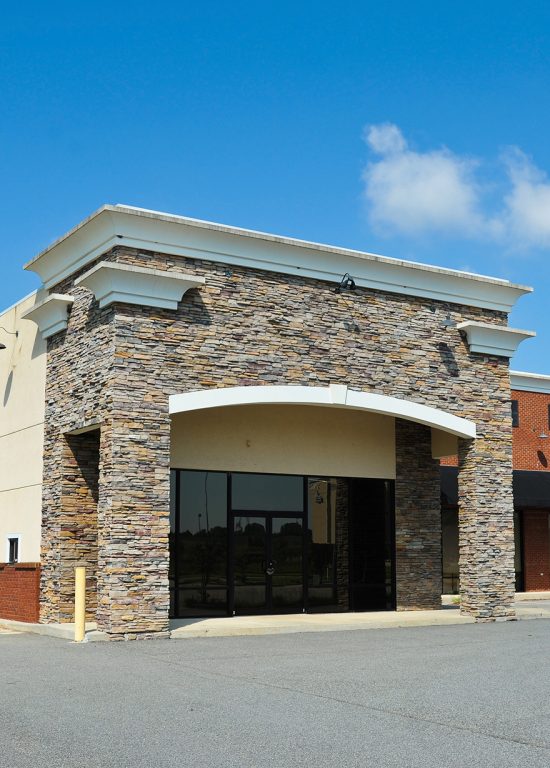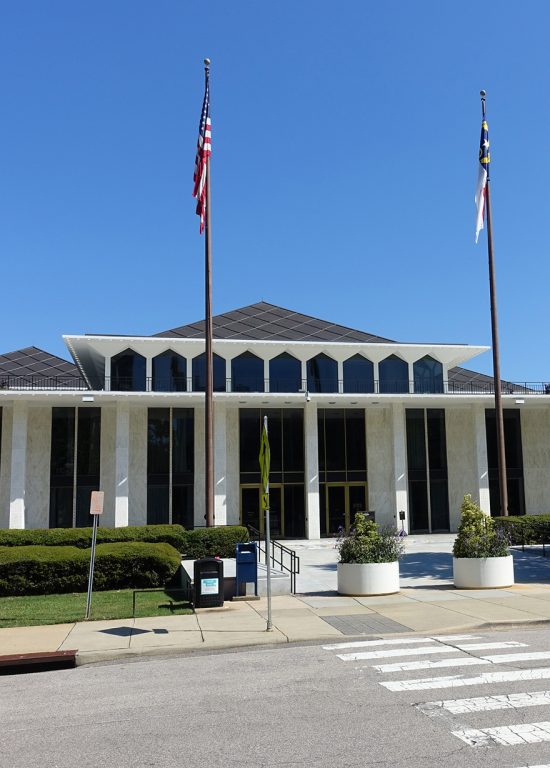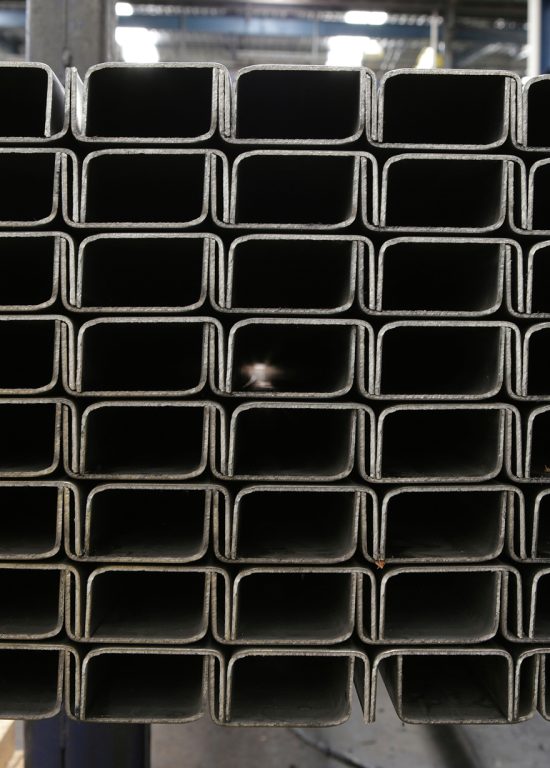
Higher Ed Website Rebrand for Member Benefit Management
Read Full Case Study
Drupal 10 Upgrade for Government Portal
NCDOL’s OSH portal for workplace safety standards was modernized with a Drupal upgrade, improving content organization and resource accessibility.

Medical Web Design for Contract Research Organization
Premier Research’s redesigned WordPress site embodies innovation, featuring responsive forms and a modern appeal to leading biotech companies.

BigCommerce Theme Update
Tactical gear specialists Lionheart Alliance engaged ABT to update their BigCommerce theme, ensuring custom features remained fully functional.

Wordpress Custom Template for Technology Company
Atlantic BT crafted a Wordpress custom template to meet Sumitomo Electric Europe’s robust, user-centered digital platform.

Enrollment Marketing Website Design
EnrollmentFUEL turned to Atlantic BT for a new website design and development, boosting brand image and improving higher education lead generation.

Custom .NET Website for Agriculture Company
Coastal AgroBusiness partnered with ABT to build a custom web application, streamlining sales, inventory, and invoicing for greater efficiency.

Drupal Credit Union Website
Civic Federal Credit Union partnered with ABT to develop Civic 3.0, their next-gen digital banking platform for an enhanced member experience.

Drupal Web Development for Major Airport
Read Full Case Study
Medication Enrollment Forms Development
Read Full Case Study
Umbraco Local Government Web Design
Atlantic BT was entrusted with the government web design process to better suit members’ needs while drawing awareness to the many benefits NCLM offers.

Custom website and partnership with b2b technology company
Toshiba Global Commerce collaborated with ABT to redesign their custom b2b website, resulting in a Silver Stevie® Award.

AI consulting for HVAC company
Comfort Monster turned to Atlantic BT for HVAC AI consulting to find out how AI could best be integrated into their existing processes.

Insurance agency Next.js React-based software upgrade
ABT initiated a Next.js software upgrade allowing LaMarche more efficiently management of their claims and accounting.

Digital Manufacturing Web Design
Facing the need for manufacturing web design to accommodate escalating enterprise demands, Shapeways collaborated with Atlantic BT.

Custom web application startup in the drug discount card market
LifeSafer helped launch the ignition interlock industry and needed their website’s user experience to match the same ease of use as their product.

Fortune 500 technology partner
Conduent, a Fortune 500 company, partnered with Atlantic BT to accelerate development, adapting to changing campaigns and goals.

B2C Wordpress Web Design Improvement
LifeSafer helped launch the ignition interlock industry and needed their B2C Wordpress web design to match the same ease of use.

Custom Client Portal Development for Aviation Company
A seamless application process with GAMI’s custom ecommerce platform. Partnered with Atlantic BT for a top-of-the-line user experience.

DEA approved client portal redesign
Mutual Drug relied on Atlantic BT as their technology partner to ensure secure digital operations for their billion-dollar pharmacy business.

University WordPress website redesign & partnership
As part of a multi-site Wordpress redesign for Campbell.edu, Atlantic BT developed a new user-centric content strategy and navigation. With our help, Campbell.edu became a cohesive digital ecosystem that engages students and staff across all devices.

Consulting firm WordPress website redesign
SeaCliff Consulting’s WordPress website redesign project revolved around a content strategy that would better represent their competency. Atlantic BT planned workshops focused on SeaCliff’s messaging, expertise and user experience needs.

Training company WordPress maintenance and support
The Atlantic BT and Training Industry partnership began with our team overhauling an early version of their website. They later sought our help again to develop an integration strategy between their website, and their Learning Management System.

Law enforcement .NET portal development
Atlantic BT helped NC Sheriffs’ Association redevelop a .NET portal and improved the initial processes for jail space management. What started as a consulting project, turned into a long term website maintenance partnership.

Credit union Drupal website management partnership
Atlantic BT has continued to deliver site improvements and website maintenance for Civic Federal Credit Union’s website over the years. ABT has become a trusted partner in Civic’s ongoing growth.

Drupal development for software titan
Atlantic BT’s partnership with Red Hat has led to multiple Drupal website development projects starting in 2014. We have supplemented their team in order to increase efficiency, drive performance and improve user experience throughout their websites.

Technology company WordPress redesign
As their company grew to a $1 billion dollar company, Sumitomo’s website failed to keep up. The website redesign for this data center, enterprise, and communication network solutions company improved user experience for their clients and technicians.

Digital transformation for higher ed syllabus process
By creating an automated process for the generation of course syllabi, the university could ensure each student across each of its hundreds of course offerings would receive the same level of quality information desired regarding a specific course.

Health industry .NET portal software development
Atlantic BT began their partnership with the American Board of Dermatology by rebuilding a legacy application using .NET Framework, setting the application up with the perfect foundation for many years of seamless platform upgrades.

Ecommerce Magento Website Maintenance
Atlantic BT began working with GT Distributors ten years ago on a technology upgrade project of Magento 1 to Magento 2, while also customizing the application to fit GT’s needs. Each year we continue to tackle any maintenance or upgrades that arise.

Government agency website redesign
Atlantic BT improved search and navigation, increased electronic tax filing and reduced call volume as a result of the NC Department of Revenue website redesign. A simplified user journey improved findability and ease of use.

Real estate Drupal redesign and development
Atlantic BT helps commercial real estate company, Stan Johnson Co., overhaul their outdated website. The new website expanded to reflect Stan Johnson’s growing expertise and supported their drive for talent acquisition and retention.

Revamping NC CDA's website for enhanced legal support
The NCCDA project shows how a government Wordpress web design agency can leverage user-centric development to meet the needs their user base.

Streamlining steel structure solutions with WordPress
Expert WordPress design and training were provided by ABT, enhancing Bulldog Steel Structures’ website for easier management and improved UX.

Enhancing imaging tech with React and AWS solutions
Enhanced image management for Ramona Optics was delivered by ABT with a React site featuring OpenSeadragon and AWS scripts.

Enhancing broadcast management with .NET solutions
.NET websites were developed by ABT for WBAL, featuring security upgrades and managed services spanning a decade.

Advancing life sciences with tailored Umbraco solution
A customized Umbraco site was crafted by ABT for Kryosphere, enhancing their biorepository services with a user-centric platform.

Boosting IT careers with enhanced digital tools
MyComputerCareer’s website received UX consulting, design updates, and feature development from ABT for an enhanced learning experience.

Boosting marketing growth with advanced WordPress support
Dedicated WordPress maintenance by ABT enhances ROI Revolution’s digital presence, ensuring stability and continuous performance.

Elevating IT leadership with Drupal 10 enhancements
ABT upgraded the Enterprisers Project for Red Hat to Drupal 10, adding new features and boosting security through hosting migration.

Elevating security solutions with a WordPress redesign
User engagement and site modernization were boosted by ABT with a WordPress redesign for Strategic Security Solutions.

Optimizing consulting firm's web presence
Tailored WordPress support, including design updates and platform enhancements, was offered by ABT for ScottMadden.

Crafting visual stories for eCommerce growth
ChannelAdvisor’s visual story was transformed by ABT, using captivating graphics to effectively engage their audience.

Elevating HVAC services with a playful professional site
ABT designed a WordPress site for Comfort Monster, blending professionalism with a playful brand for a unique experience.

Streamlining logistics with innovative web solutions
A React and .NET web solution on AWS was delivered by ABT, enhancing efficiency and scalability for HaulMi’s logistics operations.

Enhancing Hwy 55's retro diner web experience
Website migration, UX design, and ongoing maintenance were supported by ABT for Hwy 55, ensuring an engaging online presence.

Boosting NC's tech infrastructure with expert UX/UI support
ABT provided tailored Drupal solutions for state web properties, enhancing front-end development and UX consulting.

